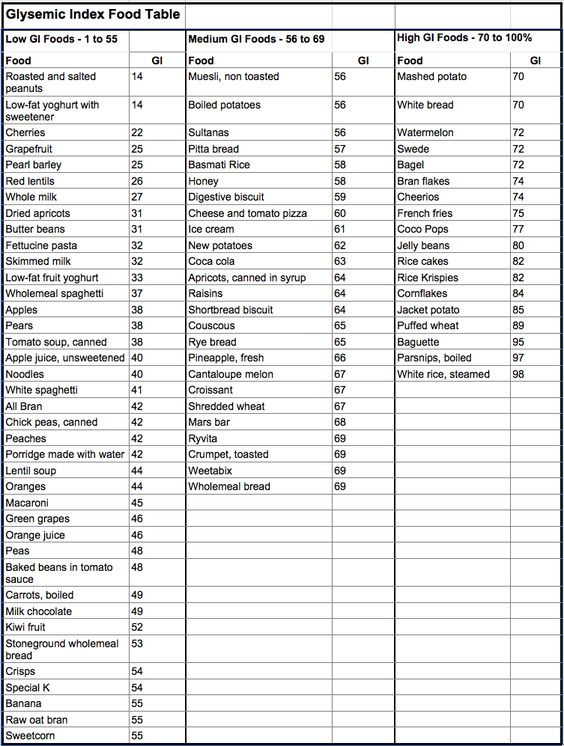Glycemic Index is the numerical index given to a carbohydrate-rich food that is based on the average increase in blood glucose level occurring in blood after the food is eaten. The higher the number, the greater the blood sugar response.
The Glycemic Index tells us how rapidly a particular carbohydrate turns into sugar.
Some factors that affect GI:
- Processing (puffed cereals have a much higher GI than the grain they came from)
- Ripeness of fruit (unripe bananas can have a GI of 43, where overripe ones have been clocked at 74)
- Protein content (soybeans have a lower GI than other beans)
- Fat content (peanuts have a very low GI)
- Biber (orange juice has a higher GI than oranges)
- And how small the particles are (whole grains have a relatively low GI, but grinding them into flour shoots up the GI)
Glycemic index is the scale that was created on a standard amount of carbohydrate per food (50 grams), it doesn’t give people information about the amount of food they are actually eating. This information too is important if we want to assess the true impact of carbohydrate consumption. For this reason, the concept of the glycemic load was created, which takes serving size into account.
The glycemic load of a food is the glycemic index divided by hundred and multiplied by its available carbohydrate content (i.e. carbohydrate minus fibre) in grams.
For example, if we consider watermelon. Water melon has a high glycemic Index (about 72). However, a serving of 120g of watermelon has only about 6g of available carbohydrate per serving. So its glycemic load is pretty low i.e. 72/100 x 6 = 4.32.
Following is the list of some common food with their glycemic index.





2 Comments
Like!! I blog frequently and I really thank you for your content. The article has truly peaked my interest.
Thanks. Glad that you liked reading it.